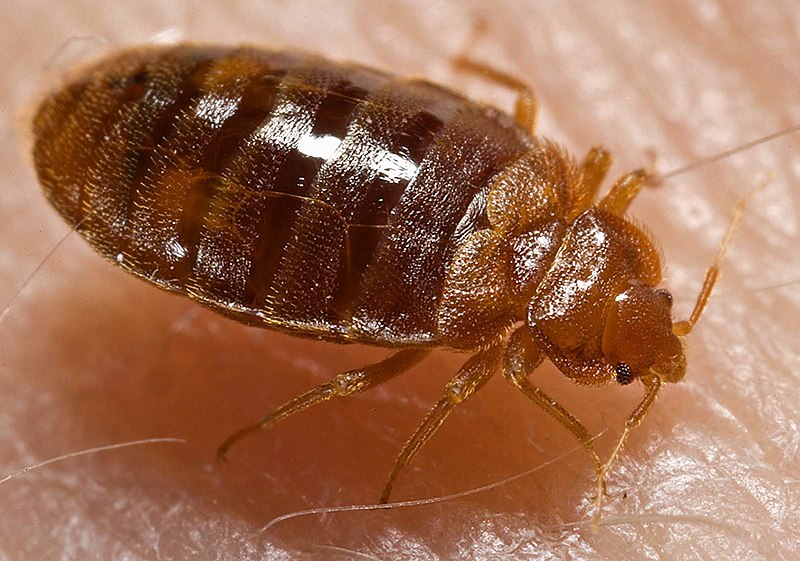Ӳкерчĕк:Bed bug, Cimex lectularius.jpg

Ҫак умкурӑмӑн виҫи: 800 × 561 пиксел. Ытти разрешенисем: 320 × 224 пиксел | 640 × 449 пиксел | 1024 × 718 пиксел | 1280 × 898 пиксел | 1600 × 1122 пиксел.
Оригиналлӑ файл ((1600 × 1122 пиксел, файл пысăкăше: 161 КБ, MIME-тĕсĕ: image/jpeg))
Файл историйĕ
Вӑхӑт ҫине пуссан, ун чухнехи версине пӑхма пулать.
| Дата/Вăхăт | Миниатюра | Калӑпӑш | Хутшăнакан | Асăрхав | |
|---|---|---|---|---|---|
| хальхи | 14:11, 17 Ҫу уйӑхӗн 2007 |  | 1600 × 1122 (161 КБ) | Patho | == Summary == {{Information |Description=ID#: 9822 Description: This 2006 photograph depicted an oblique-dorsal view of a '''bed bug nymph, Cimex lectularius''', as it was in the process of ingesting a blood meal from the arm of a “voluntary” human h |
Файлпа усă курни
Ку файлпа ҫак 1 страницӑра усӑ курнӑ:
Файлпа глобаллӑ усӑ курасси
Ку файлпа ҫак викисенче усӑ курнӑ:
- af.wikipedia.org усӑ курасси
- an.wikipedia.org усӑ курасси
- ar.wikipedia.org усӑ курасси
- arz.wikipedia.org усӑ курасси
- ast.wikipedia.org усӑ курасси
- azb.wikipedia.org усӑ курасси
- be.wikipedia.org усӑ курасси
- bg.wikipedia.org усӑ курасси
- bjn.wikipedia.org усӑ курасси
- bn.wikipedia.org усӑ курасси
- bs.wikipedia.org усӑ курасси
- ca.wikipedia.org усӑ курасси
- ca.wiktionary.org усӑ курасси
- ceb.wikipedia.org усӑ курасси
- cs.wikipedia.org усӑ курасси
- dag.wikipedia.org усӑ курасси
- de.wikibooks.org усӑ курасси
- din.wikipedia.org усӑ курасси
- el.wikipedia.org усӑ курасси
- eml.wikipedia.org усӑ курасси
- en.wikipedia.org усӑ курасси
- en.wikinews.org усӑ курасси
- en.wiktionary.org усӑ курасси
Ку файлпа глобальлӗ епле усӑ курнине пӑх.
